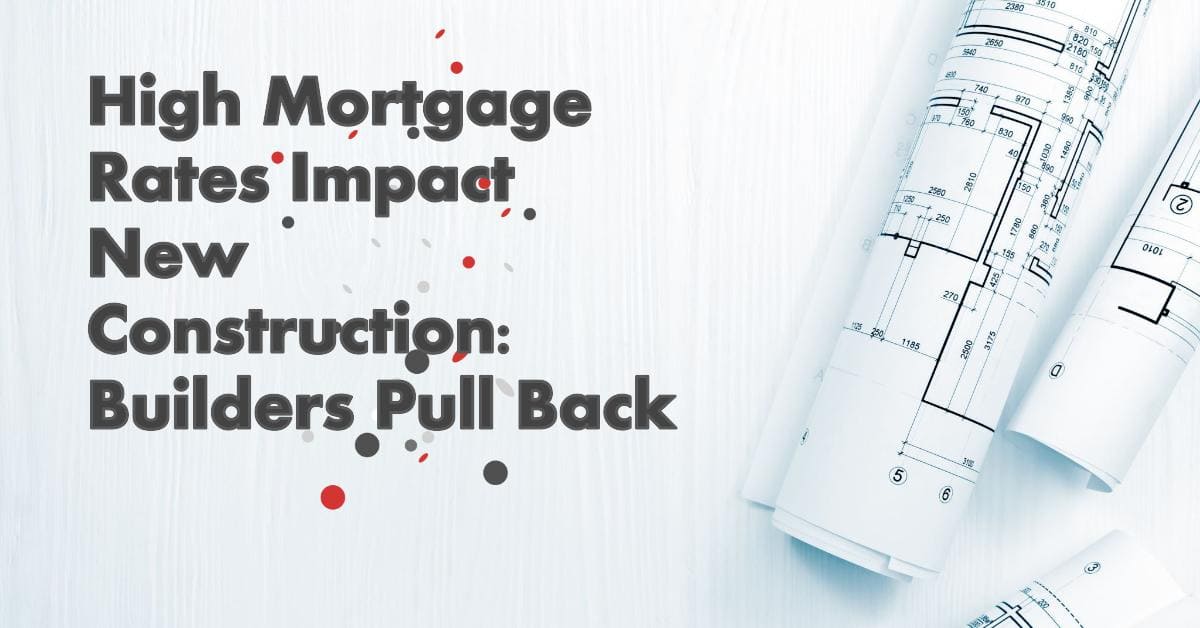New home construction experienced a significant setback in March, marked by a notable decline in activity across various regions, especially in the Northeast. This downturn coincided with a surge in mortgage rates, with the benchmark 30-year fixed rate loan inching close to 7%, casting a shadow over the housing market.
In March, the pace of new construction witnessed a substantial slowdown, evidenced by a 14.7% decrease in housing starts compared to the previous month. Additionally, permits for new construction plummeted by 4.3%, indicating a reluctance among builders to initiate new projects amidst the prevailing market conditions.
Of particular concern was the Northeast region, which experienced the sharpest decline in construction activity. While weather might have played a role in this downturn, the overarching influence of rising mortgage rates cannot be ignored.
Impact of Mortgage Rates on New Home Construction
One of the primary factors contributing to the sluggish pace of new construction is the persistent elevation of mortgage rates, which have remained higher than anticipated throughout the year.
This upward trend, coupled with an increase since the beginning of the year, has deterred both builders and potential homebuyers. Despite this temporary slowdown, underlying demand for housing remains robust, fueled by limited options in the resale market. Builders, however, find themselves at a crossroads, balancing the need to stimulate demand with the challenges posed by higher mortgage rates.
Builders' Response
In response to the changing market dynamics, builders have adopted a cautious approach, holding back on incentives and price cuts. This hesitancy reflects a broader uncertainty among industry stakeholders regarding the future trajectory of interest rates and its impact on housing demand.
The National Association of Home Builders/Wells Fargo index of builder sentiment for March remained stagnant, indicating a cautious outlook among builders. While the potential for demand growth exists, buyers are adopting a wait-and-see approach, closely monitoring interest rate movements.
Anticipated Market Shifts
Looking ahead, there is optimism that the market will regain momentum, albeit at a measured pace. The April survey revealed a slight decrease in builders offering price reductions, suggesting a stabilization in pricing strategies.
Furthermore, the expectation of future rate cuts by the Federal Reserve offers a glimmer of hope for both builders and buyers. It is anticipated that mortgage rates will moderate in the latter half of 2024, potentially stimulating renewed interest in new construction.
While the current landscape presents challenges for new construction, it also offers opportunities for adaptation and resilience. Builders must remain agile in their strategies, responding adeptly to market fluctuations while maintaining a focus on meeting the evolving needs of homebuyers.
As the housing market navigates through this period of uncertainty, collaboration between builders, policymakers, and industry stakeholders will be paramount in ensuring a sustainable and thriving real estate sector.




